In an age where transparency is the new currency, few fortunes remain as cloaked in intrigue as that of Thailand’s King Maha Vajiralongkorn. As of 2025, his estimated net worth is $43 billion, according to Business Standard, placing him among the world’s wealthiest royals, yet the sources and structure of his wealth are anything but straightforward. With roots in centuries-old monarchy and reinforced by modern legal maneuvering, Vajiralongkorn’s financial empire sits at the uneasy crossroads of tradition, secrecy, and state power.
What makes his fortune so captivating isn’t just its size—it’s the sovereign scaffolding that holds it up. Unlike Western royals, who often serve symbolic roles within constitutional frameworks, Vajiralongkorn occupies a space of unique autonomy and influence, both culturally and economically. His control over historic institutions like the Crown Property Bureau has redefined what royal wealth can look like in the 21st century.
But how did a monarch in a constitutional system come to wield such personal financial clout? And why does so little of it face public scrutiny? In this deep dive, we explore the mechanics of his fortune, the moves that expanded it, and what his wealth reveals about the evolving identity of monarchy in the modern world.
From Palace Walls to Power Plays — Understanding the Foundations of Royal Wealth
The Chakri Dynasty’s Enduring Economic Engine
The roots of King Maha Vajiralongkorn’s immense wealth trace back over two centuries to the founding of the Chakri Dynasty in 1782. From its earliest days, the Thai monarchy consolidated not only political power but vast tracts of land, natural resources, and economic influence. Unlike many monarchies that relinquished control to state institutions over time, the Chakri kings maintained close ties to their wealth through carefully constructed legal and cultural frameworks.
Central to this structure is the Crown Property Bureau (CPB)—an institution established in the early 20th century to manage royal assets. Though officially separate from the state, the CPB operated in a legal grey area for decades, managing billions in real estate, equity, and land holdings under the monarchy’s moral authority. This blend of institutional legitimacy and personal control blurred the lines between public and private wealth, creating an enduring engine of economic power that would later become a cornerstone of Vajiralongkorn’s financial reign.
A Sovereign’s Revenue Streams: Beyond State Funding
Despite popular belief, not all of King Vajiralongkorn’s wealth comes from the Thai state. His fortune is a complex mix of privately controlled assets and public funding, with the distinction often obscured by legal nuance and tradition. On one hand, the Thai government allocates an annual budget to the royal household through the Bureau of the Royal Household, which covers ceremonial functions, staff salaries, and palace maintenance. This portion is taxpayer-funded and subject to public accounting.
On the other hand, a far larger share of Vajiralongkorn’s wealth stems from assets managed by the Crown Property Bureau, which he gained direct control over in 2018. These holdings—ranging from commercial real estate to blue-chip stocks—are now classified as personal property, no longer state-owned. The result is a dual-income system where public and private money operate in tandem, but with limited oversight, offering the king unprecedented financial autonomy in a constitutional monarchy.
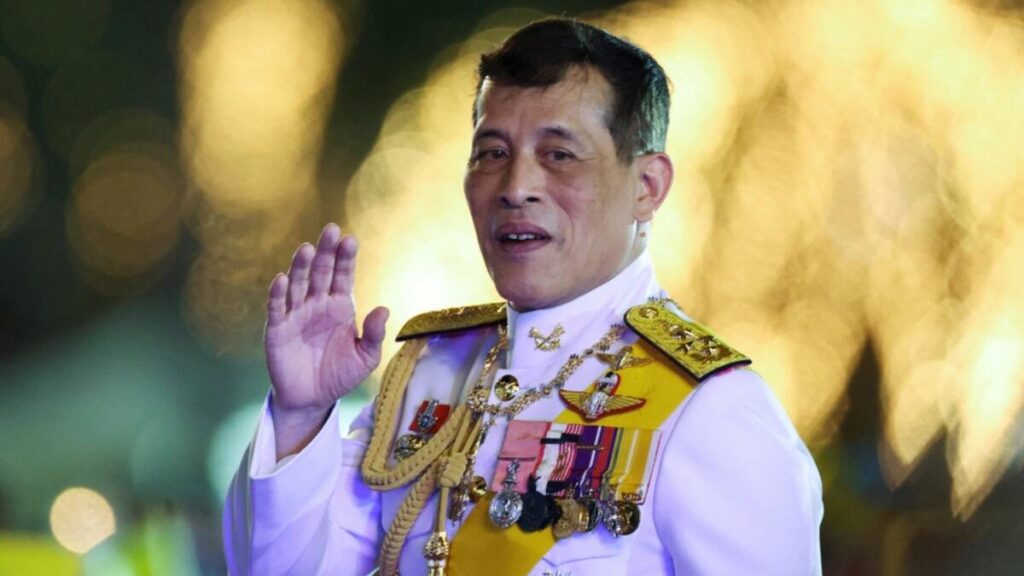
The 2025 Net Worth Breakdown: What Makes Up $43 Billion?
Real Estate Empire Stretching Across Bangkok and Beyond
At the heart of King Vajiralongkorn’s fortune lies an unrivaled real estate portfolio, much of it concentrated in Bangkok’s most coveted districts. Through the Crown Property Bureau—now under his direct control—he owns swaths of land in commercial hotspots like Siam Square, Silom, and Ratchaprasong, where luxury malls, hotels, and office towers stand on royal-owned plots. These locations aren’t just valuable—they’re central to Thailand’s economic pulse.
Beyond Bangkok, holdings include land across Thailand and even high-end properties in Germany, where the king has spent extended time. In Thai culture, land ownership is more than wealth—it’s symbolic of stability, sovereignty, and influence. Vajiralongkorn’s property empire quietly reinforces his presence in both the nation’s capital and its psyche, making real estate a strategic—and deeply cultural—pillar of his financial dominance.
Equity Holdings, Banks & Strategic Business Stakes
King Vajiralongkorn’s business portfolio reveals a deliberate and deeply entrenched investment strategy. Through the Crown Property Bureau, he holds major stakes in Siam Commercial Bank (SCB)—one of Thailand’s largest financial institutions—and Siam Cement Group (SCG), a powerhouse in industrial and construction sectors. These are not symbolic holdings; they represent core components of the Thai economy.
After gaining personal control over CPB assets in 2018, Vajiralongkorn became the largest individual shareholder in both SCB and SCG, shifting their classification from quasi-public to privately royal. Analysts see this as a move toward financial centralization, giving the monarch not just legacy wealth but active economic influence. These holdings, long shielded by tradition, now underscore a monarchy repositioning itself as a major player in modern Thai capitalism.
High-Value Personal Assets — Aircraft, Yachts, and Jewelry
King Vajiralongkorn’s collection of high-value assets offers a rare glimpse into his private world—one marked by precision, status, and control. Among his most notable possessions is a fleet of private aircraft, including a customized Boeing 737 and several Airbus and Gulfstream jets, often seen parked in Germany, where he frequently resides. His holdings also include luxury yachts, high-performance cars, and a storied collection of royal regalia and rare jewelry, some dating back generations.
These items are more than indulgences—they reflect a monarch who blends opulence with personal sovereignty. Each asset speaks to a desire for mobility, autonomy, and symbolic continuity. In a monarchy steeped in ritual, Vajiralongkorn’s treasures serve not just as signs of wealth but as instruments of power and legacy.
Also See: Top 50 Richest Royals in the World
How He Took Control: Strategic Moves That Reshaped the Monarchy’s Fortune
Consolidating Financial Power Post-2016
When King Vajiralongkorn ascended the throne in 2016, he inherited not only a monarchy but a financial apparatus ripe for transformation. In a series of calculated legal and institutional moves, he began reshaping the kingdom’s wealth structure with remarkable precision. The most pivotal change came in 2017–2018, when laws governing the Crown Property Bureau (CPB) were quietly amended to transfer control of its vast assets directly to the king, personally, not the office of the monarchy.
This marked a historic departure: for the first time, the CPB’s estimated tens of billions in assets were no longer considered “public” but fully private holdings. No oversight committee, no government veto. Analysts described it as a “quiet financial coup,” executed without public fanfare but with enormous implications. Vajiralongkorn’s consolidation of the CPB wasn’t just administrative—it was a strategic power play that positioned him as one of the world’s most financially independent monarchs.
Centralization as a Strategy
King Vajiralongkorn’s financial centralization wasn’t solely about accumulating wealth—it was about redefining the monarchy’s authority in an era of political uncertainty. By consolidating control over royal assets, security forces, and key ceremonial powers, he fortified not just his finances but the sovereign identity of the crown itself. This was a deliberate pivot from the more symbolic reign of his father, King Bhumibol, toward a model of active command.
Observers liken Vajiralongkorn’s strategy to that of other rulers, like Mohammed bin Salman in Saudi Arabia, who used wealth centralization to both modernize and solidify control. In both cases, money becomes leverage, enabling autonomy from parliamentary forces and external influence. For Vajiralongkorn, it’s also about legacy: embedding the monarchy deeper into the fabric of Thailand’s economic and institutional systems. The result is a ruler less dependent on tradition and more equipped to navigate or resist change on his terms.
Inside Look: What It Means to Rule with Wealth — A Personal Reflection
I still remember the moment in 2018 when news quietly broke that King Vajiralongkorn had assumed full control of the Crown Property Bureau. It didn’t make global headlines, but in Thai circles, it was seismic. I’d been covering the monarchy for over twenty years, and this move signaled a shift—not just in policy, but in tone.
Vajiralongkorn’s reign has always felt different from his father’s. King Bhumibol was seen as a spiritual anchor; his presence was quiet and symbolic. But Vajiralongkorn projects something else: authority with distance, power that doesn’t ask for approval. The wealth, once ceremonial, has become operational.
I’ve seen the contrast firsthand—palace gates now more tightly secured, protocols more rigid. “The monarchy has become a fortress,” a veteran diplomat once told me over tea in Dusit. And in many ways, he was right.
Wealth, in this context, isn’t excess—it’s insulation. It shields, it empowers, and it speaks volumes without saying a word. As a journalist, it’s rare to report on something so visible yet so impenetrable. But that’s the paradox of this monarchy: it rules with velvet gloves, wrapped around a financial empire few truly understand.
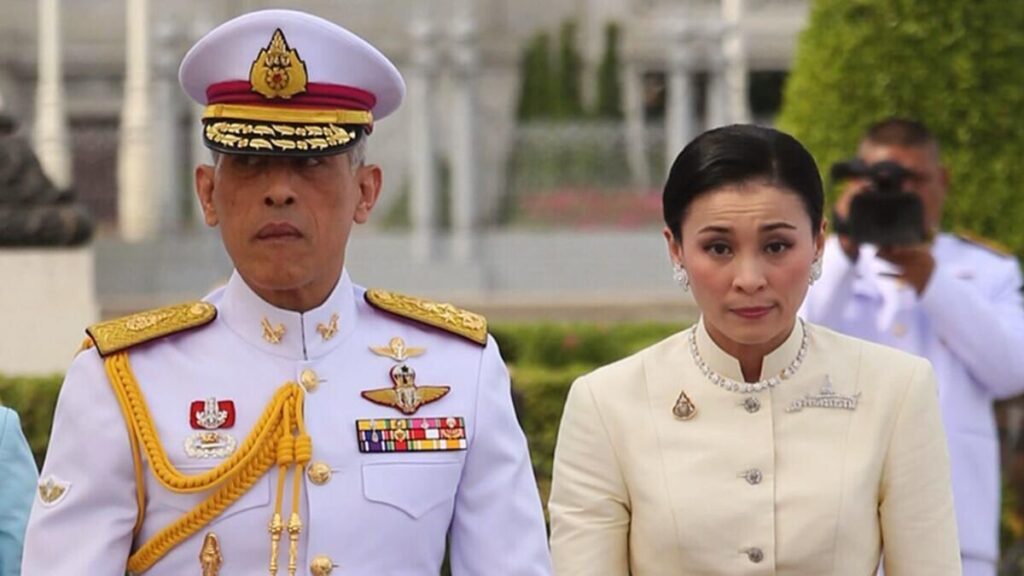
A Global Perspective: How Vajiralongkorn’s Net Worth Compares to Other Royals
Royals on the Billionaire List — Where He Stands in 2025
As of 2025, King Maha Vajiralongkorn ranks among the wealthiest royals in the world, with estimates placing his net worth at $43 billion. This places him ahead of Britain’s King Charles III, whose personal and institutional wealth—though substantial—is tied to complex legal trusts and public oversight. He also surpasses Sultan Hassanal Bolkiah of Brunei, long known for his oil-funded fortune, and rivals Saudi Arabia’s royal family, whose collective assets are vast but diffused across many princes and state mechanisms.
What sets Vajiralongkorn apart isn’t just the size of his fortune, but its concentration and autonomy. Unlike many royals whose wealth is ceremonial or regulated, his control is direct and largely unfettered by government or parliamentary oversight. The unique structure—rooted in legacy yet sharpened by recent legal shifts—makes his fortune not only massive but unusually opaque and personally wielded, elevating it far beyond symbolic royalty.
Power vs Fortune: Why Vajiralongkorn’s Wealth is Structurally Unique
What makes King Vajiralongkorn’s wealth stand apart isn’t just its magnitude—it’s the architecture behind it. While most royal families operate within frameworks of constitutional limits, state trusteeship, or public disclosure, Thailand’s monarchy functions under a model of legal insulation and centralized control. Since the 2017 reforms, the Crown Property Bureau’s assets—once state-managed—have been reclassified as the king’s personal property, free from governmental oversight or transparency mandates.
This singular legal positioning grants Vajiralongkorn both sovereign immunity and private ownership, a rare combination that shields his finances from scrutiny. By contrast, British or Scandinavian monarchs operate with public-facing royal budgets and clear institutional checks. Even the opulent Gulf monarchies often rely on state-owned wealth managed through sovereign wealth funds.
In Thailand, structure is the strategy—a carefully designed blend of law, legacy, and authority that enables the king to wield economic influence with near-complete discretion. That, more than gold or land, is his greatest asset.
Also See: Top 50 Richest Politicians in the World
Controversies, Criticism & Calls for Reform
While King Vajiralongkorn’s fortune is immense, it has not gone unquestioned—especially within Thailand’s increasingly vocal youth and pro-democracy movements. One of the most persistent criticisms is the lack of transparency surrounding royal finances. With the Crown Property Bureau’s assets now legally personal and shielded from public audit, critics argue that citizens have no meaningful insight into how public funds intersect with royal wealth.
The issue is further complicated by Thailand’s strict lèse-majesté laws, which criminalize criticism of the monarchy with severe penalties. These laws have stifled open debate for decades, though recent years have seen a new generation challenge these norms. In 2020 and 2021, widespread protests included unprecedented calls to curtail royal power and demand financial accountability—once unthinkable in Thai society.
Academics and human rights groups have also weighed in, urging greater separation between royal and state finances. The monarchy’s wealth, in this context, is not just a financial matter—it’s a symbolic flashpoint in Thailand’s ongoing struggle between tradition and democratic reform. Whether reform is possible, or even permitted, remains a deeply divisive and unresolved question in 2025.
Why Vajiralongkorn’s Wealth Remains One of the Most Guarded Fortunes in the World
In a world moving rapidly toward financial transparency, King Vajiralongkorn’s fortune stands as a striking anomaly—immense, opaque, and structurally untouchable. What sets it apart isn’t just the billions in land, equity, and assets, but the legal and cultural mechanisms that insulate it from scrutiny. His wealth is less a collection of riches than a system—carefully designed to consolidate power, preserve legacy, and deflect public oversight.
Rooted in centuries of dynastic tradition but reinforced by recent legal reforms, the king’s financial control reflects a unique blend of old-world sovereignty and modern-day strategy. It’s a reminder that in some corners of the globe, monarchy isn’t merely ceremonial—it’s still an active institution of influence, with wealth as both symbol and instrument.
Understanding Vajiralongkorn’s fortune means looking beyond numbers. It invites deeper questions about accountability, modern monarchy, and the evolving contract between ruler and ruled. In a time when many royal families are scaling back, his guarded empire challenges assumptions—and forces us to ask: What happens when monarchy chooses not to modernize, but to entrench?
Mohit is a finance and entertainment writer specializing in celebrity wealth, brand strategy, and media empires. As Co-Founder of TheNetWorths.com, he brings over a decade of experience analyzing public income streams, endorsement deals, and the evolving creator economy.







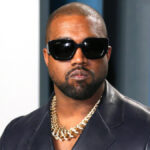
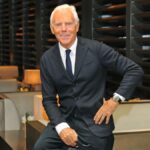






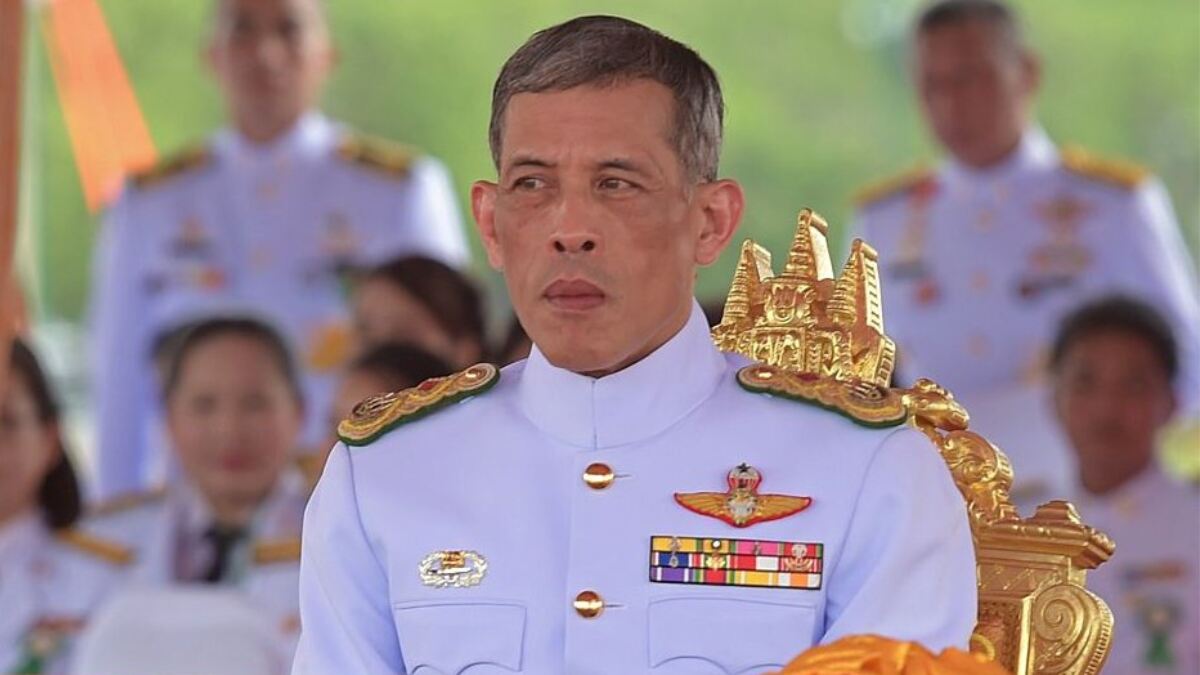
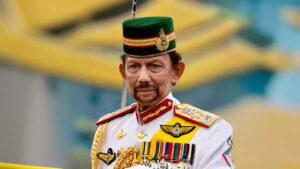
2 thoughts on “King Maha Vajiralongkorn Net Worth 2025: How Thailand’s Monarch Built a $43 Billion Empire”